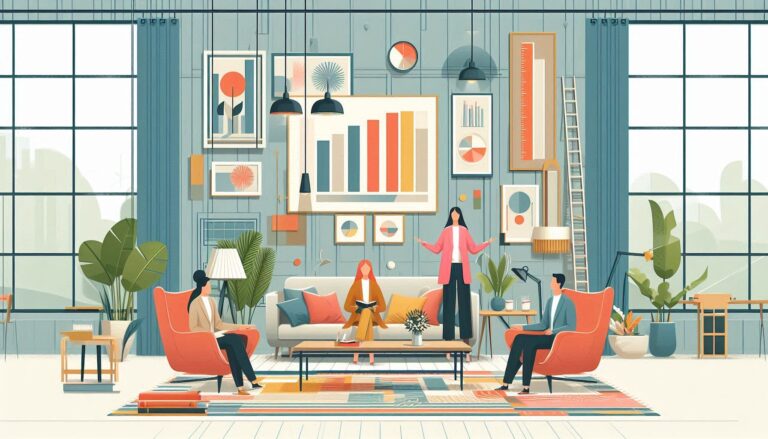Building a Better Future: How Chamber Training Programs Empower Interior Designers

Interior design is a dynamic and evolving industry that requires continuous learning and adaptation. As trends change, materials advance, and client expectations grow, interior designers must stay ahead of the curve. One powerful way they can achieve this is through chamber training programs. These programs, often provided by local chambers of commerce, offer valuable resources, skill development, and networking opportunities that help interior designers build a successful career.
The Role of Chamber Training Programs in Interior Design
Chamber training programs are designed to support professionals across various industries, including interior design. These programs provide structured learning opportunities that help designers improve their technical skills, business acumen, and industry connections. Here’s how these programs empower interior designers:
1. Enhancing Technical Skills and Industry Knowledge
Interior design is a blend of creativity and technical expertise. Chamber training programs often include workshops on:
- Space planning and layout optimization
- Sustainable and eco-friendly design practices
- The latest trends in furniture and decor
- Material selection and sourcing
- CAD (Computer-Aided Design) software and 3D visualization tools
By participating in these programs, interior designers gain a deeper understanding of industry best practices and emerging innovations.
2. Business and Entrepreneurial Development
Many interior designers work as freelancers or run their own businesses. Chamber training programs equip them with essential business skills, such as:
- Budgeting and project management
- Marketing and branding strategies
- Client relationship management
- Legal aspects of running a design business
- Pricing strategies and contract negotiations
These training sessions help designers turn their passion into a thriving business, ensuring long-term success in a competitive industry.
3. Networking and Collaboration Opportunities
Building strong connections is crucial in the interior design industry. Chamber training programs create platforms where designers can network with:
- Fellow designers and decorators
- Architects and construction professionals
- Suppliers and manufacturers
- Potential clients and business partners
These interactions open doors to collaborations, partnerships, and new business opportunities, helping designers expand their reach and client base.
4. Access to Exclusive Resources and Mentorship
Chamber training programs often provide access to:
- Industry reports and market insights
- Design software discounts
- Legal and financial consultation services
- Mentorship from experienced professionals
Having access to these resources gives interior designers a competitive edge and helps them navigate industry challenges more effectively.
5. Staying Updated with Industry Trends and Regulations
The interior design industry is influenced by evolving trends and regulatory requirements. Chamber training programs keep designers informed about:
- New government regulations and building codes
- Sustainability certifications and eco-friendly practices
- Smart home technologies and automation trends
By staying updated, designers can offer their clients the latest and most compliant design solutions.
Conclusion
Chamber training programs are invaluable for interior designers looking to enhance their skills, grow their businesses, and expand their professional networks. These programs provide a structured pathway for continuous learning, ensuring designers remain competitive in an ever-evolving industry. By participating in these initiatives, interior designers can build a better future for themselves and their clients, creating spaces that are not only aesthetically pleasing but also functional and sustainable.
For interior designers eager to advance their careers, exploring local chamber training programs could be the key to unlocking new opportunities and long-term success.






